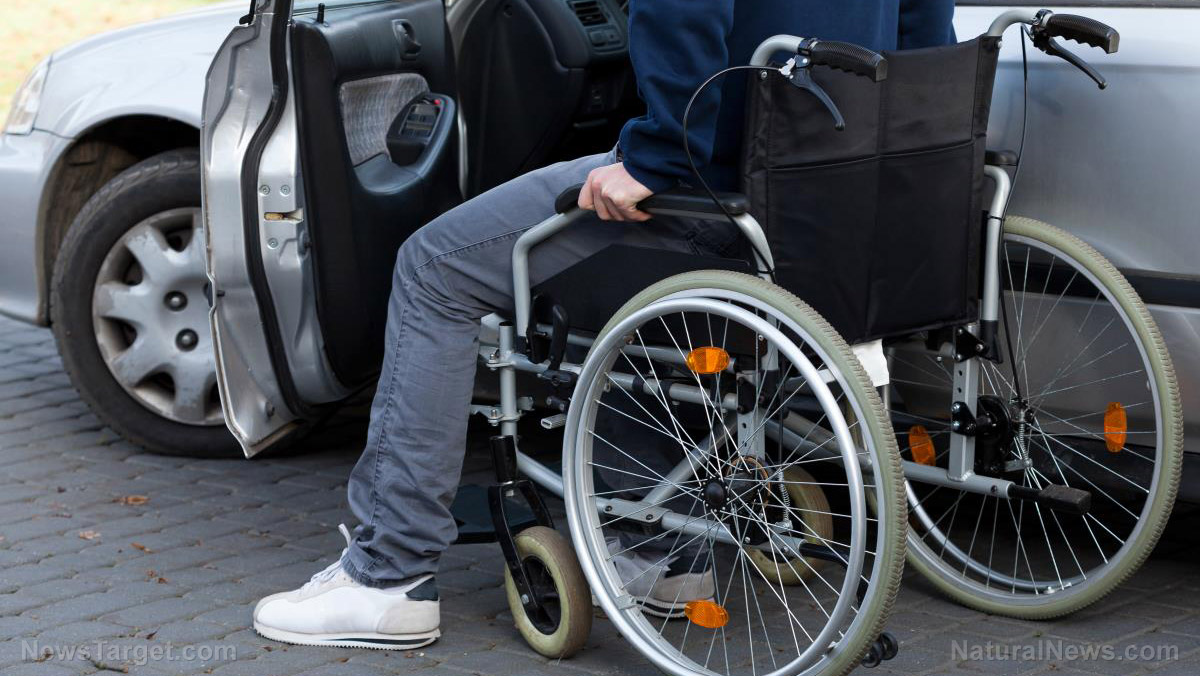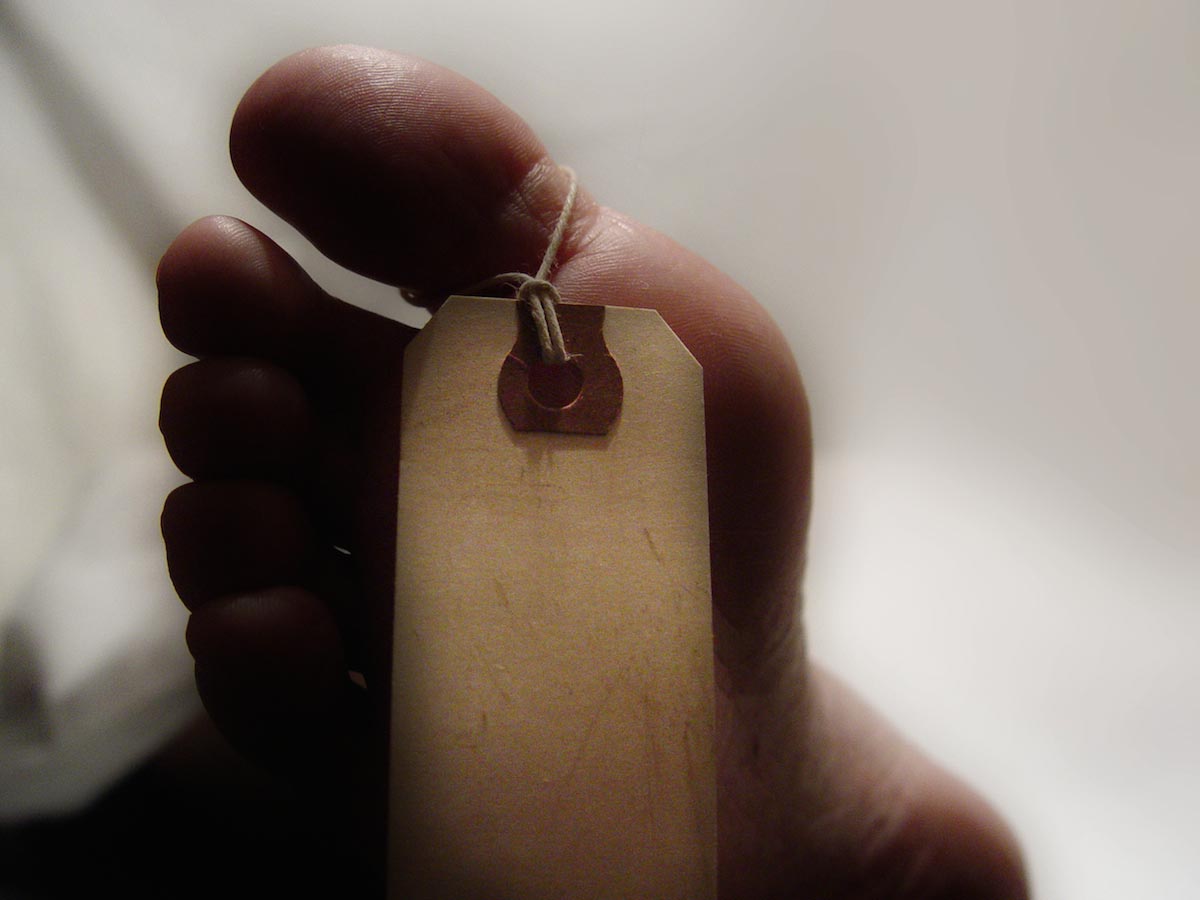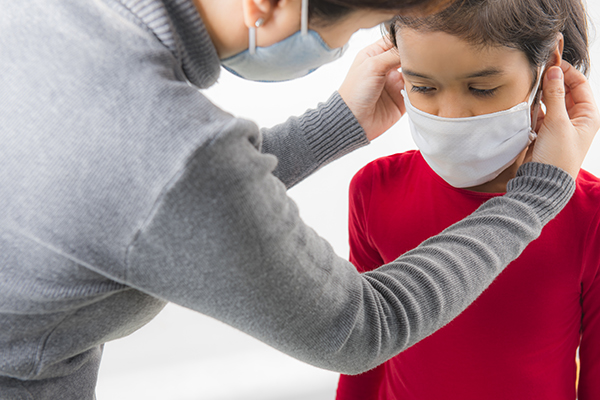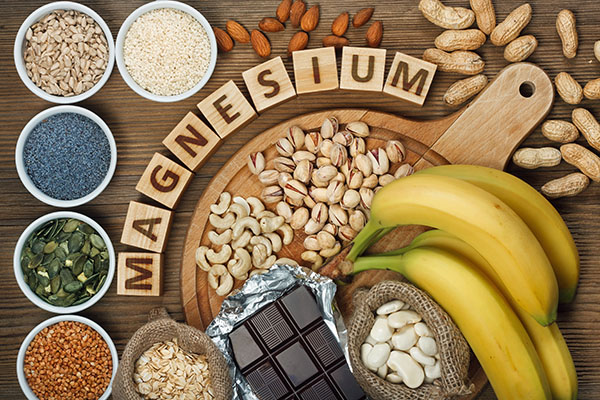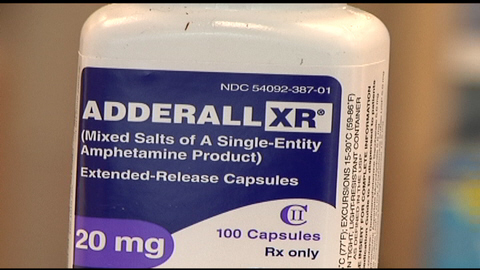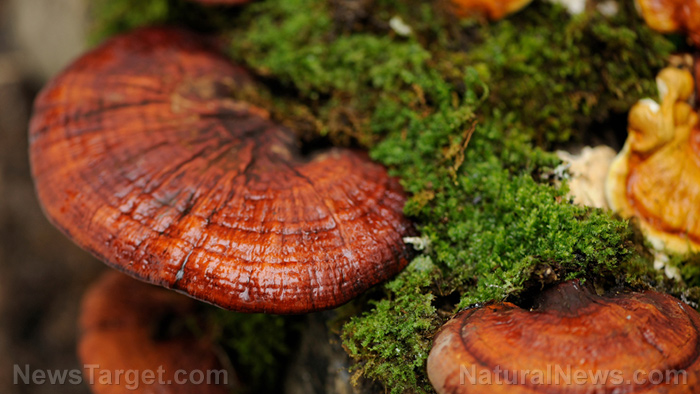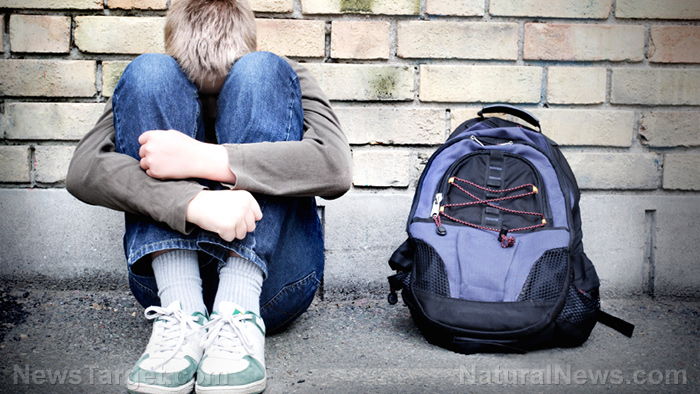Study: Adolescent cannabis use in US increased by 245% over 20 years
05/08/2023 / By Olivia Cook
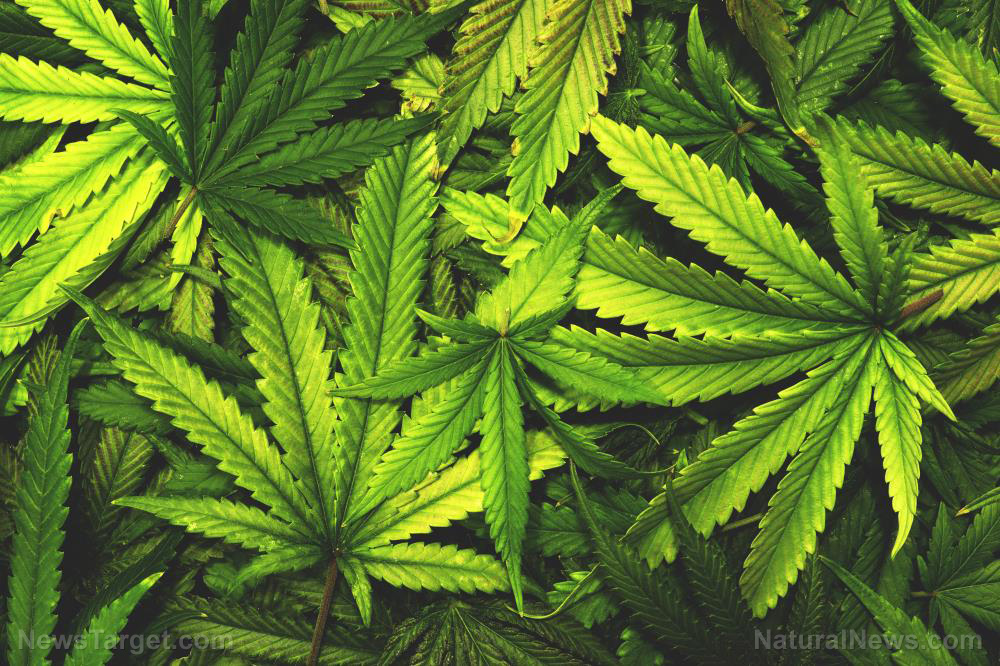
Research led by the Oregon Health & Science University revealed adolescent cannabis use in the United States has increased drastically by about 245 percent since 2000. The findings, published in the journal Clinical Toxicology, found more than 338,000 instances of intentional abuse or misuse among American children aged 6 to 18.
With a peak in 2011, the majority of intentional misuse/abuse ingestions occurred in males (58.3 percent) and more than 80 percent of all reported exposure cases occurred in young people aged 13 to 18.
Older age groups had a greater number of severe medical outcomes compared to younger age groups. Major or life-threatening exposures (including those resulting in death) were more common in males as well, with the most dramatic rise occurring from 2017 to 2020.
Cannabis, often called marijuana, pot or simply weed, refers to the dried leaves, flowers, seeds and stems of the Cannabis sativa or Cannabis indica plant. For centuries, these plants have been used for medicinal and recreational purposes.
Containing more than 500 phytochemicals, C. indica has a higher content of CBD (cannabinol), a non-intoxicating cannabis compound, than C. sativa. Recreational cannabis, on the other hand, generally has a higher content of THC (tetrahydrocannabinol), a mind-altering compound that causes harmful health effects.
Risks associated with recreational marijuana use
Marijuana use comes with real risks that can impact a person’s health and life, warns the Substance Abuse and Mental Health Services Administration (SAMHSA). Here are the major risks you need to know:
Risk of addiction
Dr. Adrienne Hughes, lead author of the study, said that edible cannabis and vaping products are often marketed in ways that are attractive to young people and are considered more discrete and convenient. (Related: It’s complicated: Medical marijuana makes people drink less alcohol, but recreational use causes the opposite.)
Experts say approximately one in two people who use marijuana will become addicted. When they start before age 18, the rate of addiction rises to one in six.
Impaired cognitive function
A review of 142 neuro-imaging studies published in the journal PLoS One associated regular marijuana use in adolescence with altered connectivity and reduced volume of specific brain regions involved in a broad range of executive functions, such as memory, learning and impulse control.
Several studies also suggest that marijuana use can cause functional impairment in cognitive abilities but that the degree and/or duration of the impairment depends on the age a person begins using, how much marijuana was used and how long he or she abused cannabis.
Marijuana abuse can cause permanent IQ loss by as many as eight points when people start using at a young age. These IQ points do not come back, even after quitting marijuana.
According to a study published in the journal JAMA Internal Medicine, cumulative lifetime exposure to marijuana is associated with lower scores on tests for verbal memory. The effect was sizable and significant even after eliminating those involved with current use and after adjusting for confounding factors, such as demographic factors, other drug and alcohol use, and psychiatric conditions like depression.
Poor mental health
Studies link marijuana abuse to depression, anxiety, suicide planning and psychotic episodes.
According to the Cannabis (Marijuana) Research Report published by the National Institute of Drug Abuse (NIDA), considerable evidence has linked cannabis abuse to early onset psychosis in people with genetic risk factors for psychotic disorders, as well as worse symptoms in people who already have these conditions.
Research has also shown an increased risk of depression in those who use cannabis during adolescence. More robustly, evidence also links cannabis use with other mental illnesses and self-harm, including suicidal thoughts and behaviors among teens and military veterans in the United States.
Poor pregnancy and birth outcomes
No amount of marijuana has been proven safe for use during pregnancy or while breastfeeding.
In 2018, the American Academy of Pediatrics released its first official guidelines, advising women who are pregnant or nursing to avoid marijuana use because it isn’t safe for them or their children.
A study published in the journal Obstetrics and Gynecology also found that marijuana use during pregnancy is harmful for babies and causes a variety of problems, including:
- Fetal growth restriction (baby doesn’t gain the appropriate amount of weight before birth)
- A greater risk of stillbirth
- Preterm birth (being born before 37 weeks of gestation)
- Low birth weight
- Long-term brain development issues affecting memory, learning and behavior (hyperactivity)
Tetrahydrocannabinol (THC) and other chemicals from marijuana can also be passed from a mother to her baby through breast milk, further impacting a child’s healthy development.
Low quality of life
Using marijuana can affect performance and how well people do in life. Research shows that people who use marijuana are more likely to have relationship problems, worse educational outcomes, lower career achievement and reduced life satisfaction.
NIDA’s Cannabis Research Report has shown that marijuana’s negative effects on attention, memory, and learning can last for days or weeks after the acute effects of the drug wear off, depending on the person’s history with the drug.
Consequently, someone who smokes marijuana daily may be functioning at a reduced intellectual level most or all of the time. Considerable evidence suggests that students who smoke marijuana have poorer educational outcomes than their nonsmoking peers.
For example, a review of 48 relevant studies found marijuana use to be associated with reduced educational attainment (i.e., reduced chances of graduating). A recent analysis using data from three large studies in Australia and New Zealand also found that adolescents who used marijuana regularly were significantly less likely than their non-using peers to finish high school or obtain a degree.
In addition, these adolescents had a much higher chance of developing dependence, using other drugs or attempting suicide. Several studies have also linked heavy marijuana use to lower incomes, greater welfare dependence, unemployment and criminal behavior.
Meanwhile, a study involving postal workers found that employees who tested positive for marijuana on a pre-employment urine drug test had 55 percent more industrial accidents, 85 percent more injuries and 75 percent more absences than employees who tested negative for marijuana use.
Watch the following video about “mind-altering” marijuana.
This video is from the ZolnaReport.com channel on Brighteon.com.
More related stories:
Is cannabis the key to treating epilepsy?
Marijuana – A cure for cancer?
Will medical marijuana be covered by insurance companies?
National Academy of Sciences: Marijuana can be used as medicine.
Sources include:
Submit a correction >>
Tagged Under:
addiction, brain damaged, brain function, brain health, cannabis, cannabis indica, Cannabis sativa, cognitive impairment, drug abuse, drug misuse, infant's health, marijuana, mental health, pot, recreational marijuana, weed
This article may contain statements that reflect the opinion of the author
RECENT NEWS & ARTICLES
Mental.News is a fact-based public education website published by Mental News Features, LLC.
All content copyright © 2018 by Mental News Features, LLC.
Contact Us with Tips or Corrections
All trademarks, registered trademarks and servicemarks mentioned on this site are the property of their respective owners.


